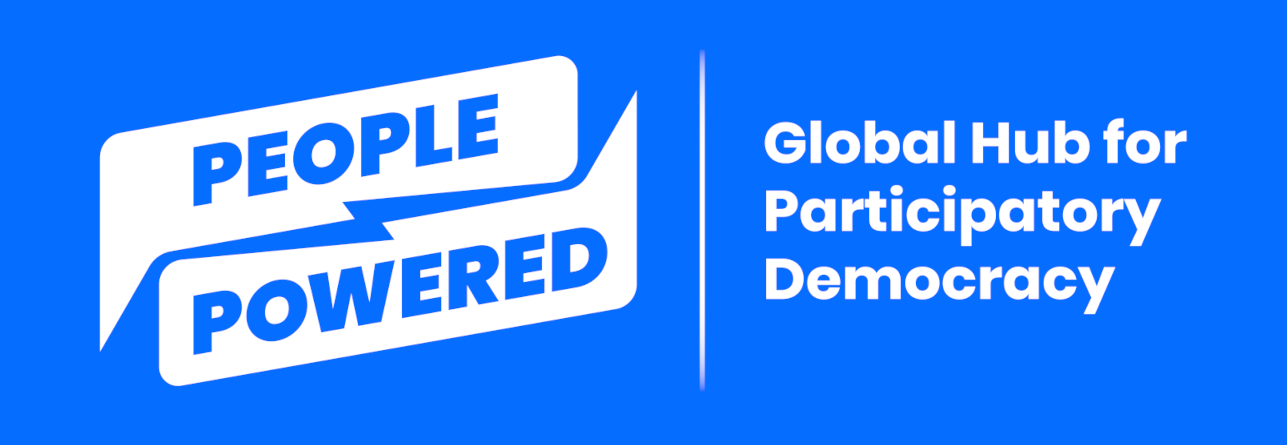Democracy, at its best, is a powerful tool for leveling inequality, ensuring equal voice and power, and distributing resources and services equitably.
But too often, our representative democracies privilege the voices of the elite few over the many. They limit us to occasionally electing a few leaders to decide for us. This fuels deep polarization, distrust of government and skepticism of democracy itself.
We need more meaningful ways to practice democracy - to engage with our neighbors, solve public problems, and decide together. We need more ways for historically marginalized communities to lead this decision-making.
A growing movement of leaders is using participatory democracy to make government more responsive and equitable.
Participatory democracy enables community members to make the decisions that affect their lives, together with government.
Research shows that participatory democracy can increase understanding of and trust in government, inspire civic learning and leadership, and direct resources to communities with greater needs.
Below are several of the most common models of participatory democracy.
Participatory budgeting
Started in Brazil in 1989, participatory budgeting empowers residents to directly decide how to spend part of a public budget. Each year, residents brainstorm ideas, turn them into proposals, and vote to decide which proposals to fund.
The approach has been used for over 7,000 public budgets globally, for cities, states, nations, schools, universities and other institutions.
Participatory policymaking
Residents propose, debate and vote on new policies and policy changes, through online platforms and meetings.
Participatory policy-making has been used in places such as Taiwan and Spain to introduce and adopt new government policies for issues such as transportation, environment, technology and public health.
Citizens’ juries and assemblies
Government convenes a randomly selected and representative sample of the community to learn about a policy issue and identify policy solutions.
The jury or assembly meets for weeks or months, learns from experts, then produces a decision, statement or recommendation. These recommendations are often then put to a legislative vote or public vote via referendum, and they have been used to address policies such as abortion, climate change and housing.
Legislative theater
Originating in Brazil in 1992, legislative theater uses community theater to identify, develop, and enact new legislation.
Through interactive theater shows, community members act out solutions to situations of oppression, then work with officials to transform these solutions into new laws.








